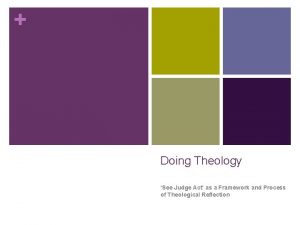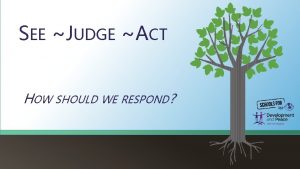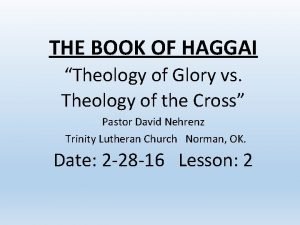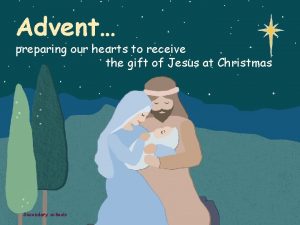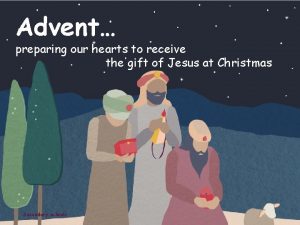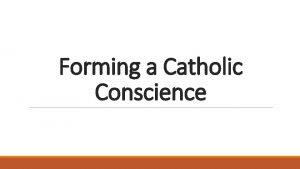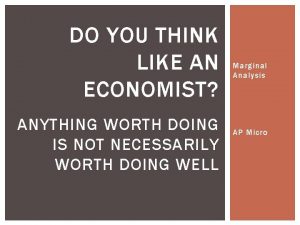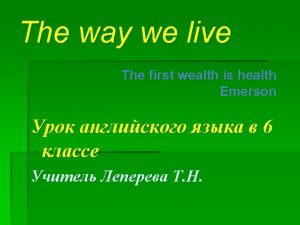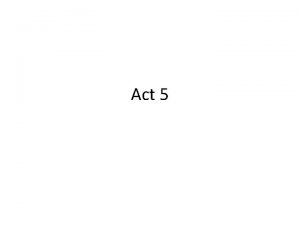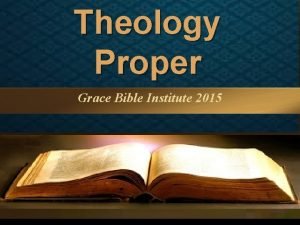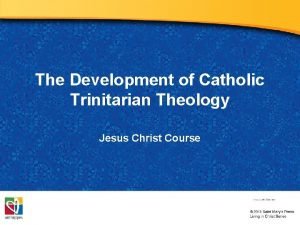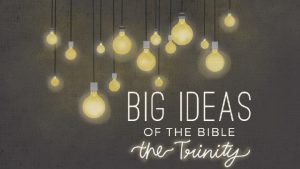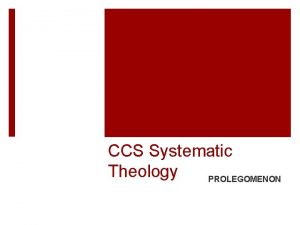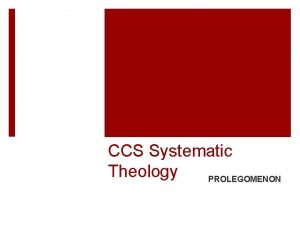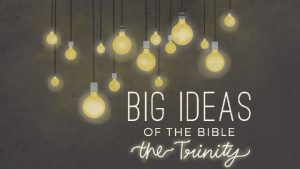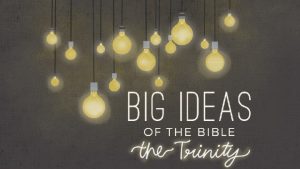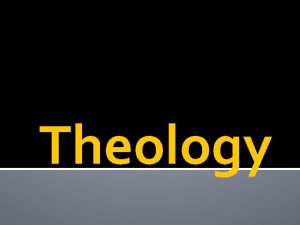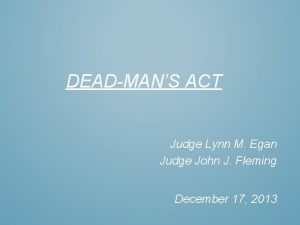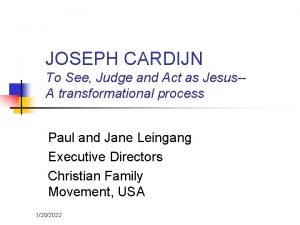Doing Theology See Judge Act as a Framework













- Slides: 13

+ Doing Theology ‘See Judge Act’ as a Framework and Process of Theological Reflection

+ “See, Judge, Act” has a long pedigree in Catholic Social Teaching

+ Mater et Magistra n

+ See, Judge, Act An Aussie approach SEE ACT n What exactly is happening? n What exactly is it that you want to change? (long-term goal) n What is this doing to people? (the consequences) n What action are you going to take now? (short-term goal) n Who can you involve in your action? n (Fr Hugh Sullivan YCW Chaplain) n Why is this happening? (the causes) JUDGE n What do you think about all this? n What do you think should be happening? n What does your faith say?

+ Doing theology seeks to integrate faith and culture in making sense of life n Applying faith to life is good as far as it goes, but if one ignores culture there are problems, because the process will ignore the cultural biases (good and bad) we bring to the process.

+ Culture is a Source of Wisdom n Culture has its limits as it is a human construct n The culture of a secular society is a default frame of reference for those of us who live in it. n Our faith tradition also has certain limits because it is carried in communities which share the cultural limits of their people n The Holy Spirit is at work directly shaping faith traditions and, indirectly, shaping cultural traditions

+ Both Faith and Culture shape meaning n Faith can grow, and culture can be evangelised, as the faith community addresses human problems n This is where theological reflection comes in

+ Consolidated Method of Theological Reflection (D’Orsa & D’Orsa) n Draws on Richard Osmer (the idea of ‘moments’) n Patricia O’Connell Killen and John de Beer (‘the heart of the matter’) n Has See Judge Act (Cardijn) as its overall framework n Is true to the James and Evelyn Whiteheads’ original model in bringing human experience (life), faith and culture together.

+ Richard Osmer & Patricia O’Connell Killen

+ ‘Moments’ in Doing Theology n Step 1 n Step 3 The Descriptive Moment The Evaluative Moment Guiding question: Guiding Questions: What is going on here? What should be going on? n Step 2 The Interpretive Moment Guiding Question: Why is it going on? What is the preferred future we want to achieve?

+ Moments in Doing Theology (cont) n Step 4 The Focusing Moment Guiding Question: What is the heart of the matter? n Step 5 The Response Moment Guiding Question: What actions/steps do we now need to take? n Step 6 The Review Moment Guiding Question: How effective has our response been?

+ A Composite Model See n What is going on here? n Why is it going on? Judge n What should be going on? n What is the heart of the matter? n What is the preferred future we want to achieve? Act n What actions/steps do we now need to take? n How effective has our response been?

+ Some Caveats n The Process can be used iteratively over several cycles n No guarantees that it will deliver for the group on the first round n Eventually, a negotiated outcome, or preferred future, can be achieved
 See judge act methodology
See judge act methodology See, judge, act worksheet
See, judge, act worksheet Theology of glory vs theology of the cross
Theology of glory vs theology of the cross See, judge, act worksheet
See, judge, act worksheet See judge act worksheet
See judge act worksheet See judge act evaluate
See judge act evaluate Anything worth doing is not necessarily worth doing well
Anything worth doing is not necessarily worth doing well By doing nothing we learn to be ill
By doing nothing we learn to be ill What do the doctor and gentlewoman see lady macbeth doing
What do the doctor and gentlewoman see lady macbeth doing Macbeth act 3-5 summary
Macbeth act 3-5 summary Define theology proper
Define theology proper Define theology proper
Define theology proper Theology and falsification
Theology and falsification The development of catholic trinitarian theology
The development of catholic trinitarian theology
